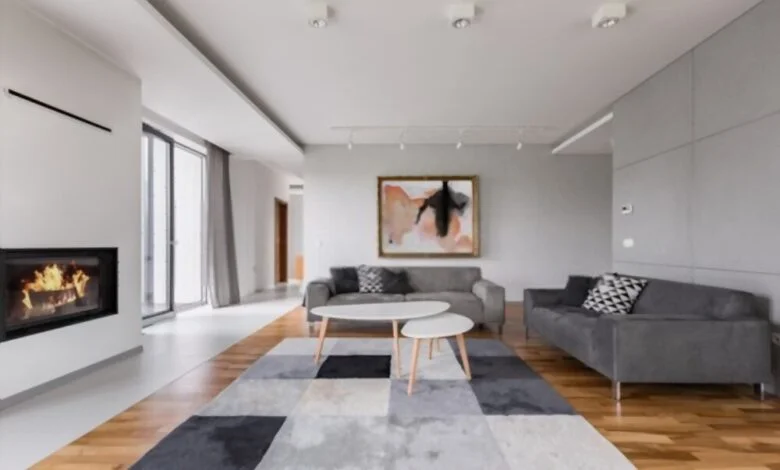How Smooth Does Wall Need to be to Tile?

Tiles can make your wall look gorgeous. But to put them there, you first need to prepare the wall for tiling. Composing a suitable surface is the key if you don’t want your tiles to loosen up after some time.
You can obtain the best result when you have the necessary tools and knowledge to do the job.
This article will look into how smooth the wall needs to be to tile. If you follow the proper procedure and avoid some common mistakes, it will not end up costly further down the line.
Also, you have to choose the best quality tiles to have a good look and feel. So, our suggestion is to get the tiles from a top ceramic tiles company in Bangladesh.
Now let us see the preparing technique for tiling your wall-
How Smooth does wall Need to be to tile?
The main goal here is to prepare the wall in an evenly finish. So, you need to remove anything that makes the surface uneven. Otherwise, uneven areas will keep the tile a bit elevated from the wall. Eventually, those particular ones can fall off.
Why is surface preparation important?
Tiles need to be firmly attached to the wall not to come off. Right? Then again, if the tiles are not leveled equally, the wall will not be eye-pleasing. So, to have a good surface finish and ensure the longevity of tiles on the wall, you need to prepare it correctly.
How to prepare for tiling a wall?
- Repair any dents or holes on the wall by filling them with cement
- Remove the unfit or loose plasters
- Remove residues like pins, screws, or any fittings
- Get rid of wallpaper (if there is any)
- Level the surface
- Sand the surface to get a proper adhesive bonding
- Make the surface dust and dirt free
- Choose an appropriate primer for your wall
- Measure the tiling area
- Count the number of tiles you will require in the process
- Keep some extra tiles to replace the damaged ones (if damage occurs)
These are the very basic things you need to consider to prepare a wall for tiling. After ensuring these issues are okay, you need to level the wall for tiling. Now let us see how you can level the wall and how smooth it needs to be-
How to level the wall?
The easiest method is using flat timber to validate any bumps on the wall. The best method is to use a professional bubble level to see whether the wall surface is upright. Bumps with a depth of 4-5 cm need to be sanded properly to ensure adhesive bonding.
Use a wire brush to smooth down the imperfect surface. Remove the irregularities using a sharp-edged trowel.
If your wall contains a good number of bumps and peaks, a professional plaster will be necessary. If you have done a wall plaster before, you can give it a try.
Otherwise, seek help from a professional to do the job. You may make the surface worse if you do not have any prior experience doing wall plaster.
How smooth does the wall need to be?
The wall should be smooth to a level where there will be no bumps and peaks more than 4-5 cm. There can not be any loose plasters or holes at all. The level checking timbers edge should touch the wall at each point for a perfect wall finish.
However, if you think this is out of your ability, please seek some experienced professional to do the whole procedure.
Final Words:
Covering your wall with tile is one of the best ways of decorating the surface. Wallpaper may look gorgeous, but as time passes, they look old. Tiles can sustain the newer look for a very long period. Then again, they are hard to get scratched or get damaged.
To get the best out of the tiling job, you need to know how smooth the wall needs to be to tile. Well, now you know it. Good luck on your home decorative journey.
See more: Your Guide to the Different Types of Hardwood Flooring




![Benefits of Led Flame Light Bulbs [7 Effective Tips] 6 Benefits of Led Flame Light Bulbs](https://mrbdguide.com/wp-content/uploads/2022/03/GetPaidStock.com-622879278bdd5-390x220.jpg.webp)